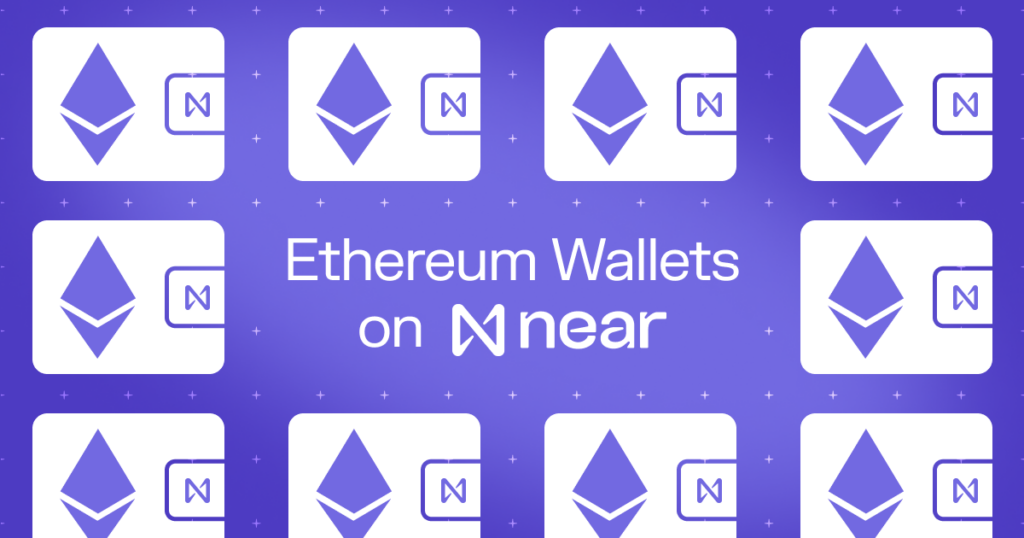The NEAR Blockchain is Climate Neutral
The Dilemma
In the blockchain space, energy consumption has become a point of focus for believers and skeptics alike, particularly as popularity and awareness have increased in the past six months. These debates generally begin with Bitcoin, the first blockchain with the highest market cap and greatest global awareness today.
Bitcoin and PoW (Proof of work)
Bitcoin is a proof-of-work (PoW) blockchain protocol in which miners prove that they extended a certain amount of computational effort before receiving the reward for a validated block. The PoW consensus mechanism is the heart of the blockchain energy debate.
The computational effort of producing blocks is made by putting thousands of tons of mining gear at work. This equipment consumes high amounts of electricity during production, installation, and operation. The miners compete against each other for block rewards and tend to gear up as long the block reward is higher than their spending on gear and electricity; much of this computation energy is wasted in the race to earn the reward. The block reward is currently 6.25 BTC created by inflation and paid out approximately every 10 minutes.
Energy consumed via PoW
Depending on the electricity source, the PoW mining activity comes with a high carbon footprint, both because it is inefficient and because the global scale of Bitcoin mining now rivals the energy consumption of some nations. Some miners claim to operate climate neutral by employing hydro or nuclear power in running their mining rigs. However, due to the vast extent of electricity consumption, these energy sources take a considerable toll on the environment and come with long-term disposal issues (as do many other forms of computer hardware) too.
Based on Digiconomist’s Energy Consumption Index, Bitcoin generates a whopping 37 million tons of CO2 emissions annually. Breaking this down to the 365 days per year and the approximately 330,000 transactions per day on the Bitcoin blockchain, a Bitcoin transaction generates about 0.3 tons of CO2 exhaust. That is the equivalent of the carbon footprint of a 1,600 km (or 1,000 mile) car ride on a car that consumes 8 liters of gas per 100km. You can also think about it as burning 130 liters of gasoline for just one Bitcoin transaction.
If you transfer Bitcoin to an exchange, the exchange typically transfers your Bitcoin to a pool with another transaction on the blockchain. By that measure, there goes another 1,600km equivalent of CO2 exhaust. Now add a test transaction too, and in aggregate you caused the carbon footprint of a car ride from San Francisco to New York by pushing a few buttons.
Ethereum and PoW (Proof of work)
Ethereum, the second biggest blockchain by market cap, also runs on PoW consensus but has a considerably lower carbon footprint than Bitcoin. According to the Digiconomist’s Energy Consumption Index, Ethereum generates approximately 12 million tons of CO2 emissions annually, which is about a third of Bitcoin’s. Ethereum allows for about four times as many transactions per second vs. Bitcoin. Therefore, Ethereum transactions result in approximately 12 times lower carbon footprint than Bitcoin transactions. Unfortunately, that is still like burning 12 liters of gasoline per transaction or a carbon footprint of 27 kilograms of CO2 per transaction.
Ethereum 2.0 and PoS (Proof of Stake)
Ethereum is working on a network architecture upgrade to Ethereum 2.0 that will roll out over the next several years. By the time the final stage of the upgrade is complete, proof-of-stake (PoS) consensus will replace PoW to maintain the network. In PoS, there are no miners that prove a computational effort. Instead, validators put up a certain token amount as a stake to prove that they have skin in the game before they get to validate blocks and collect a block reward.
The energy efficiency of PoS is orders of magnitude better than PoW and, unlike PoW, it doesn’t suffer from economies of scale, so validators are not incentivized to maximize their hardware footprint in the same way. While the Beacon chain, the so-called “heartbeat” chain at the core of Ethereum’s new architecture, has already launched, it will take at least a couple of years before users can build and transact on ETH 2.0.
Ethereum 2.0 will not be the first PoS blockchain to go live. Several, including NEAR Protocol, are already running today.
NEAR Protocol and PoS – the Greener Alternative
The NEAR Protocol, launched in 2020, is a third-generation blockchain based on PoS, processes 1,000 transactions per second while running much more efficiently than PoW chains. This throughput will increase further with sharding, a blockchain scaling technology that divides computation across parallel “shards.” Developers find it easy to build on NEAR, and the toolset of the blockchain is growing very fast.
Beyond just energy efficiency with PoS consensus, the NEAR Foundation has committed to making NEAR Protocol climate neutral this year. In February 2021, NEAR Protocol engaged South Pole, a leading project developer and global climate solutions provider headquartered in Zurich, Switzerland, to assess NEAR’s carbon footprint, reduce it where possible, and fully compensate the remaining exhaust with CO2 offsetting projects going forward. South pole considered the NEAR Foundation’s carbon footprint, the Core Collective (all employees and contractors working on the NEAR Protocol), and all validators in the assessment.
The results show that the NEAR Protocol currently generates a carbon footprint of 174 tons of CO2 per year. Therefore, NEAR Protocol is more than 200,000 times more carbon efficient than Bitcoin, mainly by applying PoS instead of PoW.
Another advantage of PoS is that the carbon footprint of NEAR will only marginally grow by the increasing transaction throughput. Compensating that footprint with reforestation projects makes the NEAR Blockchain carbon neutral. Doing transactions on NEAR plants trees in Colombia, Zimbabwe, and the United States via these carbon offsetting projects.
Follow all the news on NEAR via our Twitter, or join our community via our Discord server.
Share this:
Join the community:
Follow NEAR:
More posts from our blog



